Biomedical Engineering Reference
In-Depth Information
SIGNAL SOURCES FOR SIMULATION,
TESTING, AND CALIBRATION
A common practice in evaluating the behavior of signal processing or control circuitry is
to make use of an analog function generator to produce the necessary test input signals.
The typical cookbook waveforms of the function generator are then used to investigate the
behavior of the circuit when stimulated by sine, square, and triangle waves of di
erent
amplitude and frequency. Take, for example, the circuit of Figure 6.1. This module generates
an extremely accurate sine-wave calibration signal. Its output signal is continuously vari-
able within the range 10
ff
V
p-p
to 1 mV
p-p
. The frequency is set by component selection in
the range 2 MHz to 20 kHz. This circuit is meant for the precise calibration of biopotential
ampli
µ
ers. Because of its high stability (sine-wave distortion of less than 0.2%), this cir-
cuit is ideal for measuring channel phase shift in topographic brain mappers and other
biopotential array ampli
fi
ers.
As shown in Figure 6.2, the heart of the sine-wave generator circuit is Burr-Brown's
Model 4423 precision quadrature oscillator. The frequency of the stable sinusoidal signal
that appears at pin 1 is determined by the values of capacitors C6 and C7 as well as the
values of resistors R1 and R2. A separate frequency-selection module should be assembled
on an eight-pin DIP header for each frequency desired. The value and type of C6 and C7
(where C6
fi
C7) should be chosen according to Table 6.1.
After selecting the capacitor value required for a desired frequency range, the value of
resistors R1 and R2 (where R1
R2) in kilohms can be obtained from the expression
0.001)
42.05
3.785
f
(C6
R1
R2
2
f
(C6
0.001)
where
f
is the frequency desired in hertz and C6
C7 is expressed in microfarads. It takes
a certain amount of time to build up the amplitude of the sine-wave output to its full-scale
value. By pressing the RESET pushbutton switch SW1 momentarily, the amplitude of the
sinusoidal output is built up instantaneously. Degradation of signal distortion does not
occur, as resistor R3 does not remain connected permanently within the oscillation circuit.
Resistors R4, R5, and R6 determine the gain of the op-amp (uncommited within the
4423 package). The op-amp, in which oscillatory behavior is prevented by C5, is used as a


Search WWH ::

Custom Search